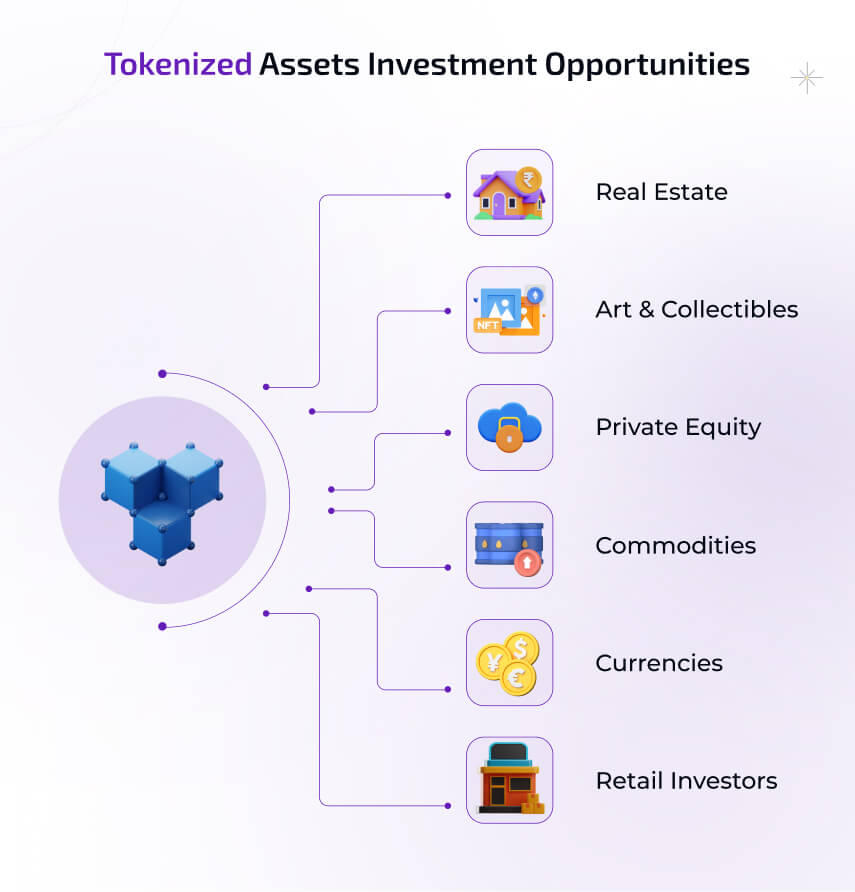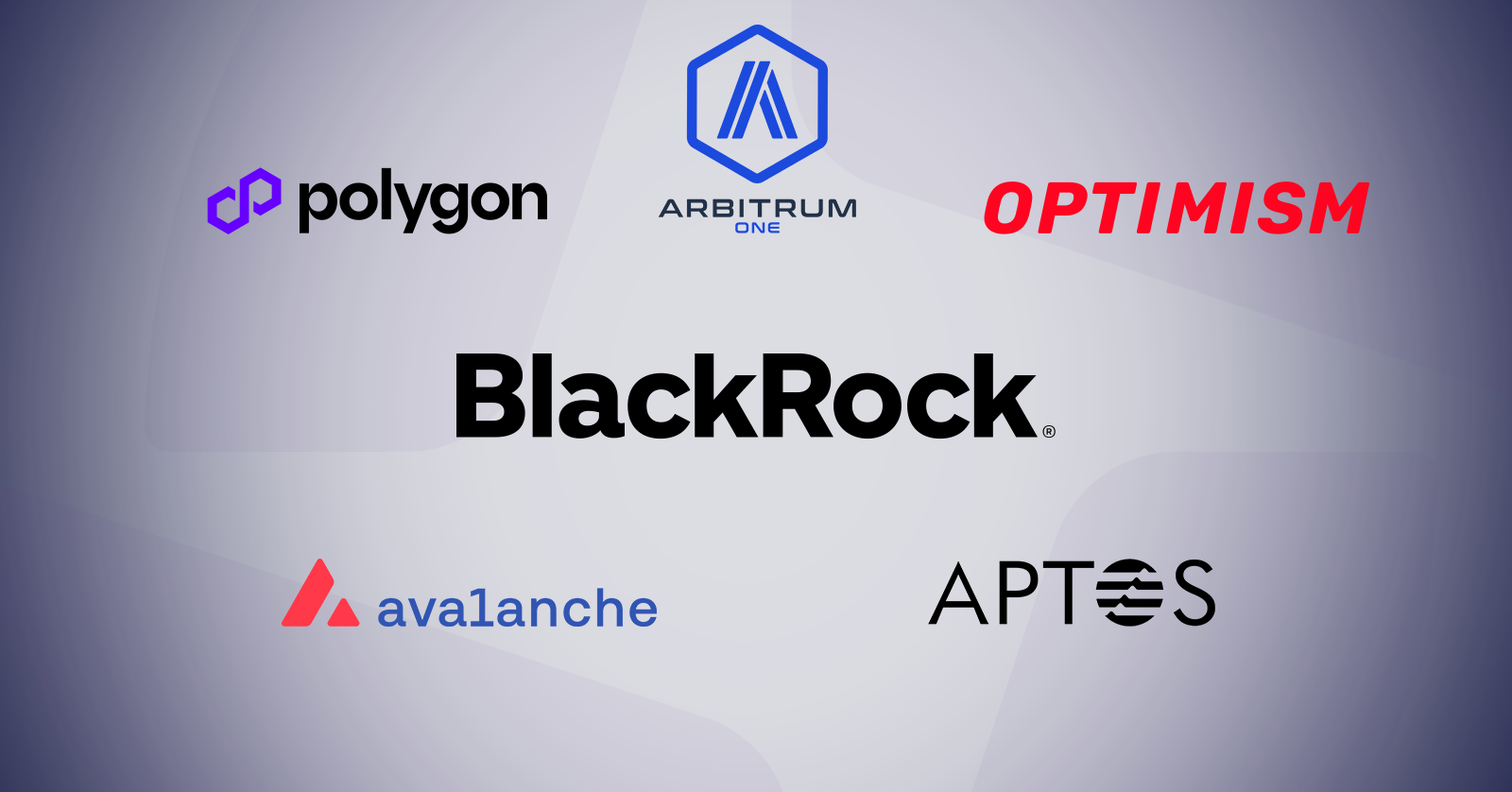What are Tokenized Assets?
Imagine owning a tiny fraction of a valuable asset, like a piece of a famous painting, a share of real estate, or even a limited-edition sneaker, all without the hassle of traditional ownership. That’s the power of tokenized assets. Essentially, it’s the process of representing ownership of an asset – whether physical or digital – as a digital token on a blockchain. This token acts as proof of ownership, making it easily transferable and divisible. Think of it like a digital certificate of ownership, but with significantly improved security and transparency.
How Tokenization Works
The process begins by creating a digital representation of the asset. This involves verifying its authenticity and value. Then, this asset is divided into smaller, tradable units, each represented by a unique token on a blockchain network. Smart contracts, self-executing contracts with the terms of the agreement between buyer and seller written directly into the code, automate the transfer of these tokens. This eliminates the need for intermediaries, speeding up transactions and reducing costs.

Benefits of Investing in Tokenized Assets
Tokenization unlocks several compelling advantages for investors. Fractional ownership becomes possible, allowing individuals to invest in assets previously inaccessible due to high minimum investment requirements. Liquidity improves significantly; you can buy and sell tokens representing fractions of assets much more easily than the assets themselves. Transparency increases due to the public nature of blockchain records. Finally, costs associated with traditional asset management, such as brokerage fees, are often reduced.
Types of Tokenized Assets
The range of assets that can be tokenized is vast and constantly expanding. Real estate is a popular choice, allowing for fractional ownership of properties. Art and collectibles, such as paintings, sculptures, and rare trading cards, are also frequently tokenized. Securities like stocks and bonds can be tokenized for easier trading and increased liquidity. Even intellectual property rights, such as patents and copyrights, are finding their way onto the blockchain.
Risks Associated with Tokenized Assets
While tokenized assets offer numerous benefits, it’s crucial to acknowledge potential risks. The regulatory landscape for tokenized assets is still evolving, and the lack of clear regulations in some jurisdictions could lead to uncertainty. The value of tokenized assets is inherently linked to the underlying asset, so any decrease in the asset’s value will impact the token’s price. The security of the blockchain platform is critical; any vulnerabilities could compromise the integrity of the tokens and potentially lead to losses.
Choosing a Tokenized Asset Platform
When exploring investments in tokenized assets, selecting a reliable platform is paramount. Look for platforms with a strong track record, robust security measures, and transparent fee structures. Research the platform’s compliance with relevant regulations and its reputation within the industry. Consider the platform’s user interface and the ease of buying, selling, and managing your tokenized assets. Don’t hesitate to compare different platforms before committing your investment.
Due Diligence and Diversification
Before investing in any tokenized asset, thorough due diligence is essential. Understand the underlying asset, its potential value appreciation, and the associated risks. Research the project team behind the tokenization, examining their experience and expertise. Remember that diversification is crucial to mitigate risk. Don’t put all your eggs in one basket; spread your investments across various tokenized assets to reduce the impact of any single asset’s underperformance.
The Future of Tokenized Assets
The potential for tokenized assets is immense. As blockchain technology matures and regulatory clarity improves, we can anticipate a significant increase in the adoption of tokenized assets across various asset classes. This could revolutionize how we invest, trade, and manage assets, making them more accessible and efficient for a broader range of participants. The future looks bright for this innovative investment avenue, but careful research and a well-informed investment strategy are crucial for success. Read also about how to invest in tokenized assets.



